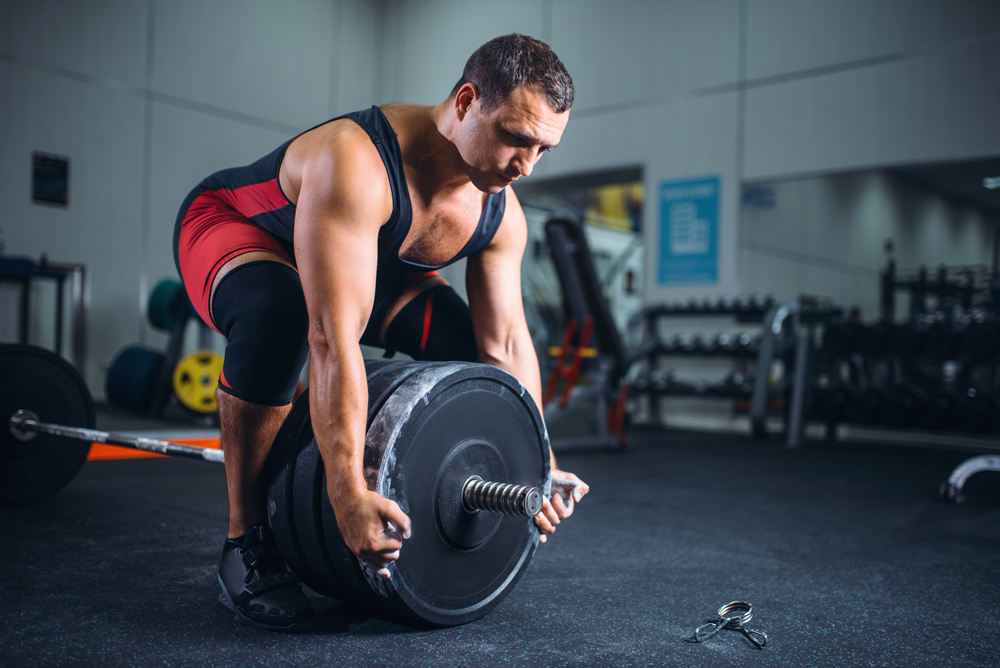The possibility can become a reality. Think of powerlifters who are shaped considerably different to bodybuilders. The way they train is in fact vastly very different.
The reason is based on the particular muscle fibres that are used for developing these physiques. When you adapt to these types of training regimes, you will be able to harness the specific methods in order to achieve your physique goals.
Type 1 muscle fibres
Muscles that increase in size via bodybuilding type training are primarily type 1. These are slow twitch fibres. These fibres have more endurance capabilities. Therefore, these are used to lift weights for a longer period of time, without experiencing extreme fatigue. Think lifting lighter weights for a longer period of time.
Type 2 muscle fibres
Type 2 fibres are fast twitch. They are responsible for the powerful fast lifts of heavy weight, but the effort cannot be sustained for long periods of time. Think powerlifters & weightlifters. These athletes have super human strength via 1 powerful lift with extremely heavy weight. A longer rest time is required in order to recover from these lifts.Powerlifters tend to have a lot more muscle mass than weightlifters because of their training methods.
More muscle mass is not necessarily better for your chosen athletic field
More muscle mass sometimes interferes with endurance. A study published in 2005looked at the body types of elite runners in 8 events. 100, to 10,000 meters, over 13 years. It was found that the athletes in distances between 100–400 meters possessed the most muscle mass, which is needed to apply maximum force into the ground. This level of muscle mass is detrimental in those competing in longer distances. This is because of the increased burden extra body weight placed on the cardiovascular system.
How do you get stronger without getting bigger?
From the information above, you may have guessed that lifting heavier weight will increase your strength without adding extra muscle on your body. To be a lot more specific, here is a typical loading parameter workout that you can use to construct your program, or to further understand the logistics of strength building as simplistic as possible:
- 1 rep max intensity, or about 80% of the maximum amount of weight you can lift
- 1–5 repetitions
- 2–5 minutes rest in between reps
- Lifting phase 1–4 seconds
- Lowering phase 3–5 seconds (emphasising time under tension)
- The total number of exercise within your workout should be 6–12. This should be around about 6–4 sets per exercise (depending on the amount of time you have)
- The time to perform the exercise should be a maximum of 20 seconds. Any more time allocated to it will ensure you are using the muscle fibres to create hypertrophy.
- If you have less time to spare, but want to train this way, reduce your resting phase to about 120 seconds, and train with super sets.
Depending on your initial goals, I do recommend using the type 1 and 2 method of training to add variety and growth along your weight lifting journey. You could emphasise lifting only for growing your strength, and using the hypertrophy method for decreasing body fat. Both methods are effective and it’s always rewarding when the results of your hard work kick in.
